HUMANS OF THE ISLANDS - Maryann Talia Pau

Artist & Passionate Weaver
Samoan
.
We first caught up with Maryann about a year ago after she'd taken her One Million Stars to end Violence project home to Samoa. At that point she'd received almost 600,000 stars sent in from different communities around the world. A year later she's reached her goal!!
.
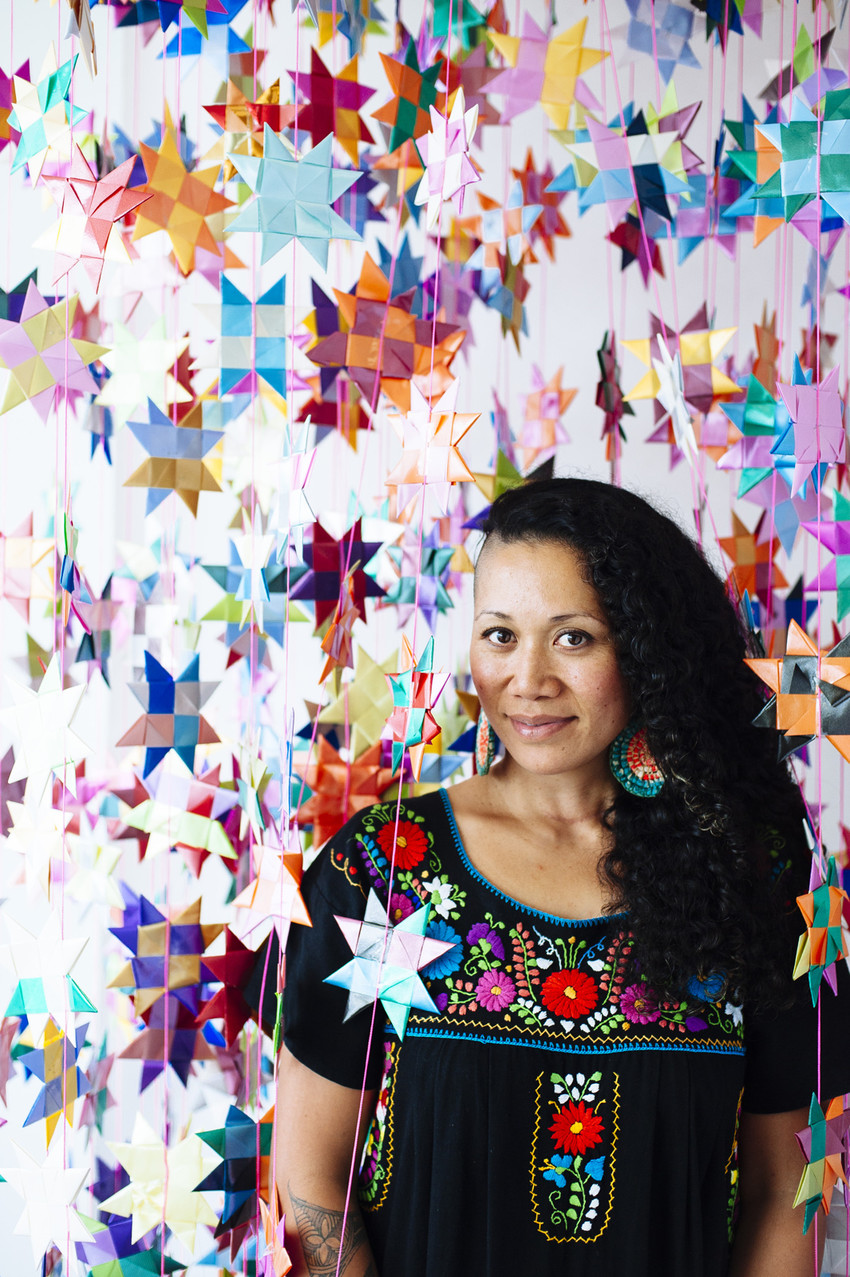

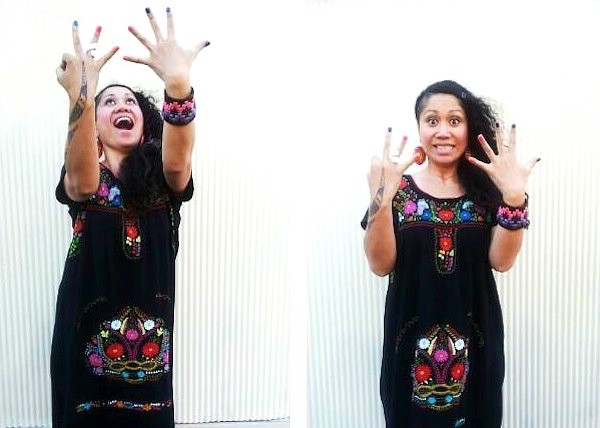
.
Who taught you the art of weaving and where did your love for the art form grow?
My first experience of weaving was as a child, growing up in Auckland, at Owairaka Primary School, some 30 years ago. I was taught how to weave fish as part of the creative learning there.
The next time I wove was with a Master Weaver from Mapuru (Elcho Island), aunty Roslyn Malngumba at Selling Yarns, an Indigenous Weaving conference in Canberra 2009. That experience activated something very deep and meaningful for me. I knew I was meant to weave. It felt like my hands and my heart woke up. I didn't do any other courses or study, I just dived into making work and drew on this intense joy and appreciation for this beautiful craft that is often the domain of women.
I am mainly self taught and get a lot of strength from sharing my skills and research. When I discovered my love and connection to weaving, I could look at weaving patterns and almost work them out straight away. For me, weaving incorporates so many of my other interests, including maths, design, our natural environment, mental health and community resilience.
.

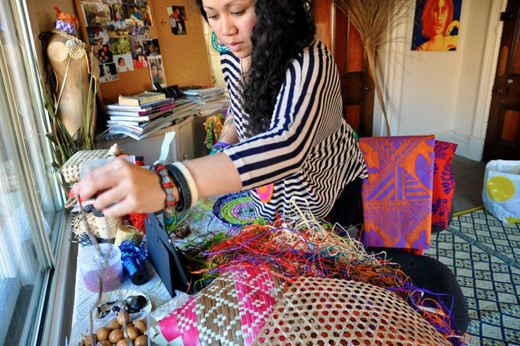
.
You launched your 'One Million Stars to end Violence project in 2012, how long did it take for you to reach 1 million and are you still receiving stars?
We announced last week with Queensland Premier, Annastacia Palaszczuk that we reached one million woven stars, which is an outstanding effort from communities around the world.
This idea and big dream began during a time when there was deep outrage and sorrow a the rape and murder of a young woman in my community.
Communities around the world have embraced this project and message, inspired by Dr Martin Luther King Jnrs words of being light and love in the world and not hate or darkness.
.
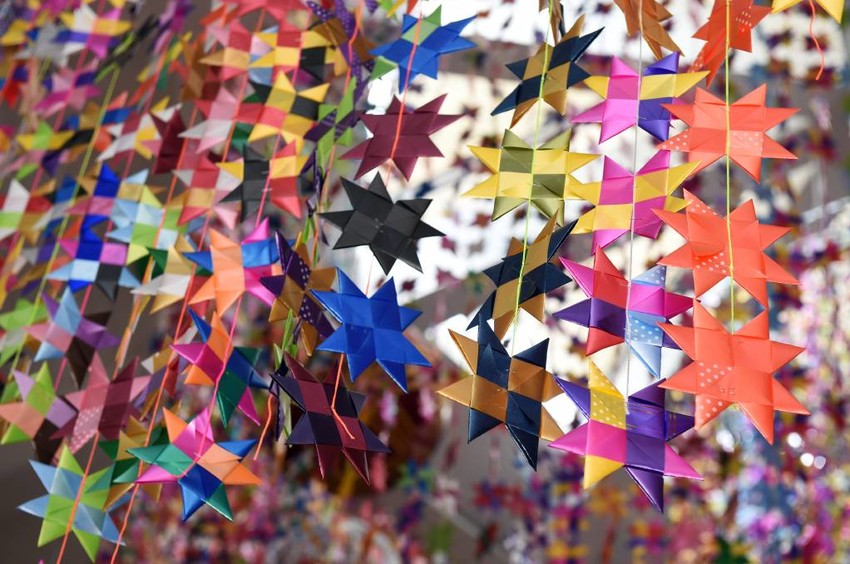

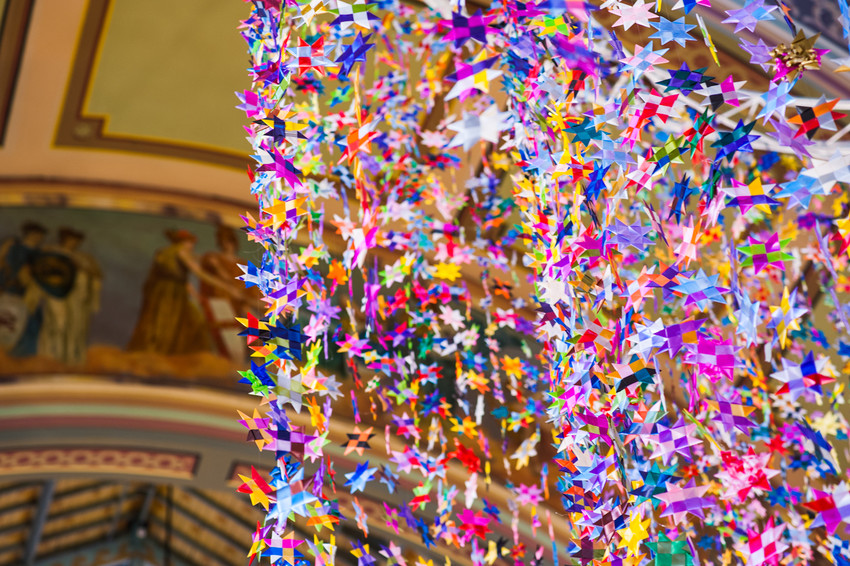
.
How many countries (and what countries) from around the world have contributed to the project?
Star weavers come from across Australia and the Pacific including Samoa, Rarotonga, Tonga, Fiji, Guam and New Zealand. We also have communities in Barbados, the UK, Canada, USA, Uganda and Kenya.
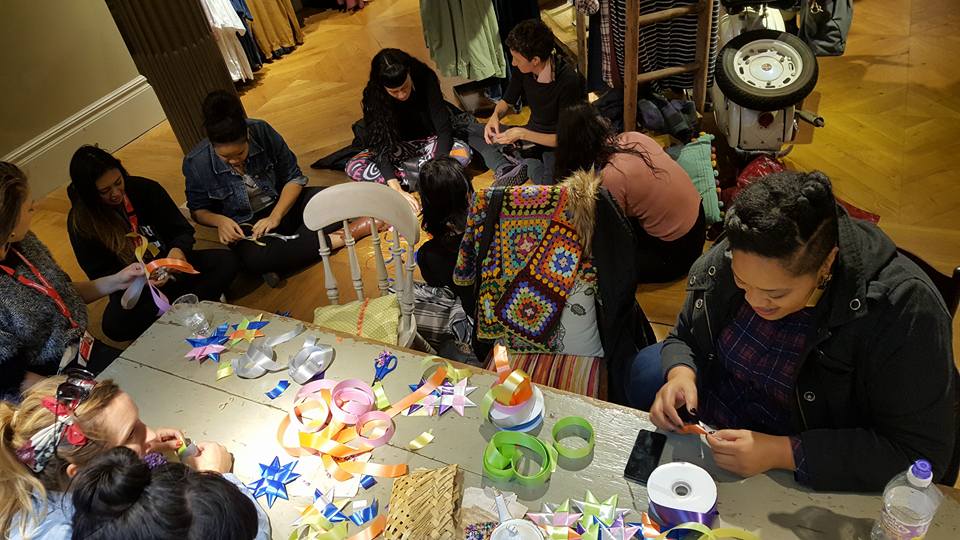
.
How are you hoping this project has impacted the awareness of violence against women?
I think the strength of this project is that it encourages people to come together and be intentional about creating peace, safety, inclusion and ending ALL forms of violence, including violence against women, bullying and racism.
Star weaving workshops help communities to create safe space, using a craft that comes from the Pacific and many other cultures around the world, is fun, gentle and often therapeutic. When people feel safe, happy and encouraged, they are more likely to do good in the world. My hope and prayer is that people feel connected to a bigger global community that is committed to conversation and action to end all forms of violence, that we remember that there is lots of work to do and that we can transform our communities when we work together.
.
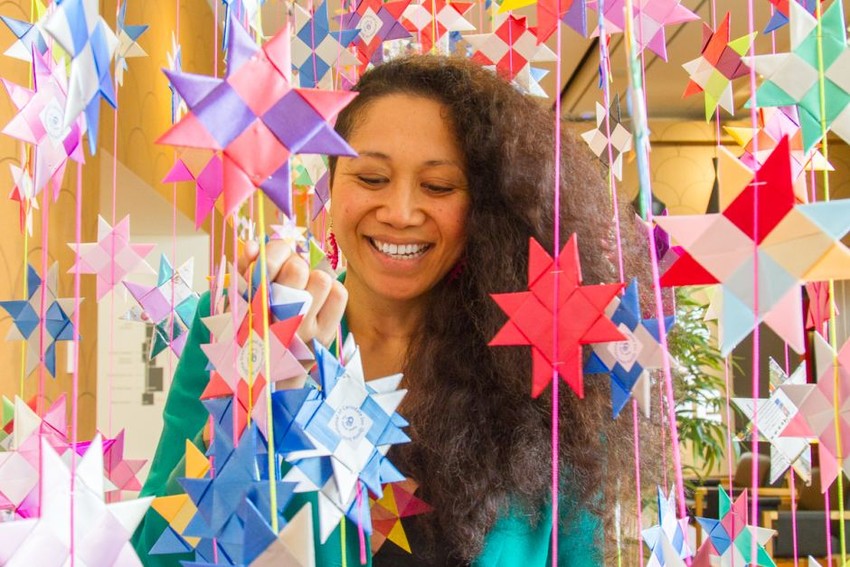
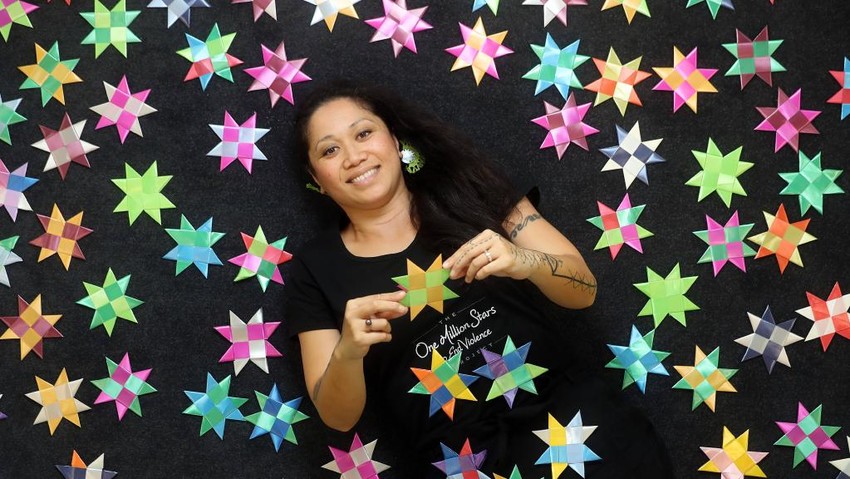

.
What will you be doing with the stars once you've received them all in?
The Museum of Brisbane will be designing and installing one million stars in one place, at King George Square in Brisbane City as part of the 2018 Gold Coast Commonwealth Games festivities.
We can't wait to see them shine and to share it with the world.
.




